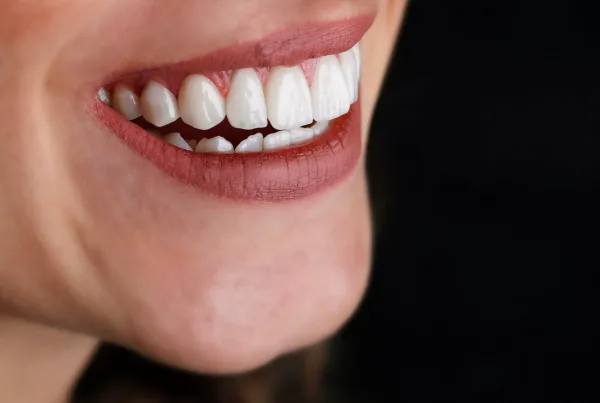Fluorosis is a dental condition that occurs due to excessive intake of fluoride during the tooth development stage, which is typically during childhood. Fluoride is a naturally occurring mineral that is beneficial for dental health in appropriate amounts, as it helps strengthen tooth enamel and prevent tooth decay. However, excessive fluoride intake, often from sources like drinking water, toothpaste, or certain dental treatments, can lead to fluorosis.
Fluorosis affects the appearance of teeth, causing discoloration and enamel irregularities. The severity of fluorosis can vary, ranging from mild to severe, and the symptoms may include:
- Discoloration: The primary symptom of fluorosis is the discoloration of teeth. Mild cases might result in small, chalky white spots or streaks on the enamel. In more severe cases, the discoloration can range from yellow and brown stains to dark, pitted enamel.
- Surface Irregularities: The enamel may become rough, pitted, or porous, leading to a noticeable texture on the tooth surface.
- Sensitivity: Enamel irregularities and thinning caused by fluorosis can make the teeth more sensitive to temperature changes and certain foods.
It’s important to note that fluorosis is a cosmetic issue rather than a health concern. In most cases, fluorosis is a result of excessive fluoride intake during the tooth development stage and does not affect the overall health of the teeth or the body.
Preventing fluorosis involves controlling fluoride intake, especially during childhood. Here are some recommendations to help prevent fluorosis:
- Use a Pea-Sized Amount of Toothpaste: When brushing a child’s teeth, use only a pea-sized amount of fluoride toothpaste to minimize ingestion.
- Supervise Brushing: Ensure that young children do not swallow toothpaste while brushing.
- Use Low-Fluoride Water: If your local water supply has high fluoride levels, consider using bottled water with low fluoride content for drinking and cooking.
- Avoid Fluoridated Mouthwash: Young children should avoid using fluoride-containing mouthwash.
- Dentist Consultation: Regular dental check-ups will allow your dentist to monitor your child’s dental development and provide guidance on proper fluoride use.
- Modify Diet: Limiting the consumption of beverages and foods with high fluoride content can also help prevent excessive fluoride intake.
If you suspect that you or your child may have fluorosis, it’s recommended to consult a dentist for an accurate diagnosis and appropriate guidance. Treatment options for fluorosis may include professional teeth whitening, dental bonding, veneers, or other cosmetic procedures to improve the appearance of the teeth.





